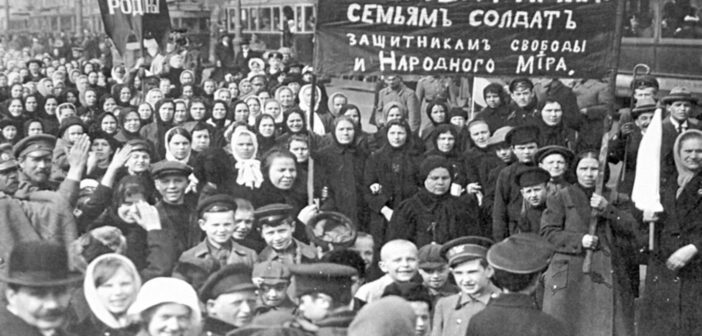It has been said severally that the women are masterpiece after God used the creation of man to perfect them and this has proven true many times historical with women being instrumental to the defeat and demise of many men.
On the day set aside to commemorate and draw attention issues concerning women-International Women’s Day, advocates around the world participated in events to focus attention on issues facing women. In the United States many women took part in “A Day Without Women,” a protest action meant to highlight the roles women play in society and the economy. There were protests, rallies, lectures and symposiums in over 60 countries yesterday from Australia to Zimbabwe.
The day is very significant if you know the history of the world and how women’s protest led to the Russian revolution. Women’s Day demonstration in Petrograd on 8 March 1917 led to the overthrow of the tsar. It is the anniversary of their demonstration which is now used to celebrate the International Women’s Day.
Although the first recorded Women’s Day was organized by the Socialist Party of America in New York on 28 February 1909.
On 8 March (23 February in the old Russian calendar) 1917, tens of thousands of women took to the streets of St Petersburg – then called Petrograd – carrying banners demanding the Tsarist government “feed the children of the defenders of the motherland”.
Russia was in a state of near collapse as the First World War placed an intolerable strain on the already weak economy. On the Home Front famine loomed and women from working in the cities factories had had enough.
By the middle of the afternoon female textile workers from the Vyborg side of city had gone out on strike shouting “bread” and “down with the Tsar”.
They were later joined by men working in the factories and soon around 100,000 workers were out in force in Nevsky Prospekt – the main street in the city – demanding an end of the Romanov dynasty which had ruled Russia since 1613.
Russian troops attempted to repel the crowds but most were inexperienced, ill-equipped reservists because the experienced soldiers were away on the front lines.
As a result they could do little more than attempt to frighten the protesters. Many, angry at the poor state of the army, sided with them.
This weakness emboldened the protesters who came back in force over the coming days and revolutionaries – who had been agitating for change for decades – gave speeches calling for the end to Tsardom in the city’s main squares while the authorities looked on powerlessly.
Tsar Nicholas II’s ministers begged him to return the capital and resign but the autocrat, who was 500 miles away on the front line, refused and instructed them to crack down on the protesters.
Peaceful protests soon turned to riots and spread to other parts of the country. One by one regiments of the Tsar’s army began to mutiny as protesters smashed police stations, the headquarters of the secret police, the district court and seized the weapons arsenal.
By 15 March Nicholas was finally persuaded to sign the order formally abdicating on behalf of himself and his young son Alexei.
His brother, Grand Duke Mikhail was set to take over, but after realizing he would have no support as ruler, the next day he declined to accept the crown.
Instead he handed power over to the Provisional Government – which immediately granted women the right to vote on the same terms as men. But after taking the reins of power, they quickly became equally unpopular as it remained committed to staying in the war despite Russia being near in a state of near economic collapse and struggled to solve the food shortages.
Just eight months later on 7 November, the Bolsheviks led by Vladimir Lenin staged a coup d’etat, storming the Winter Palace and seizing control of the government.
Following the murder of Nicholas and his family in 1918 and a bitter civil war between 1917 and 1922, the Bolsheviks were able to establish the world’s first Communist state.
It lasted until 1991. The Communists made the day a national holiday in Russia in 1917 but it remained a working day until 1965, when the Soviet government decreed it a holiday.
Historians have debated whether the first Russian revolution of 1917 was as spontaneous as it seemed or whether it was orchestrated by socialist agitators. But this was a day when demonstrations by a few thousand angry women began the downfall of the most powerful empires on Earth.




